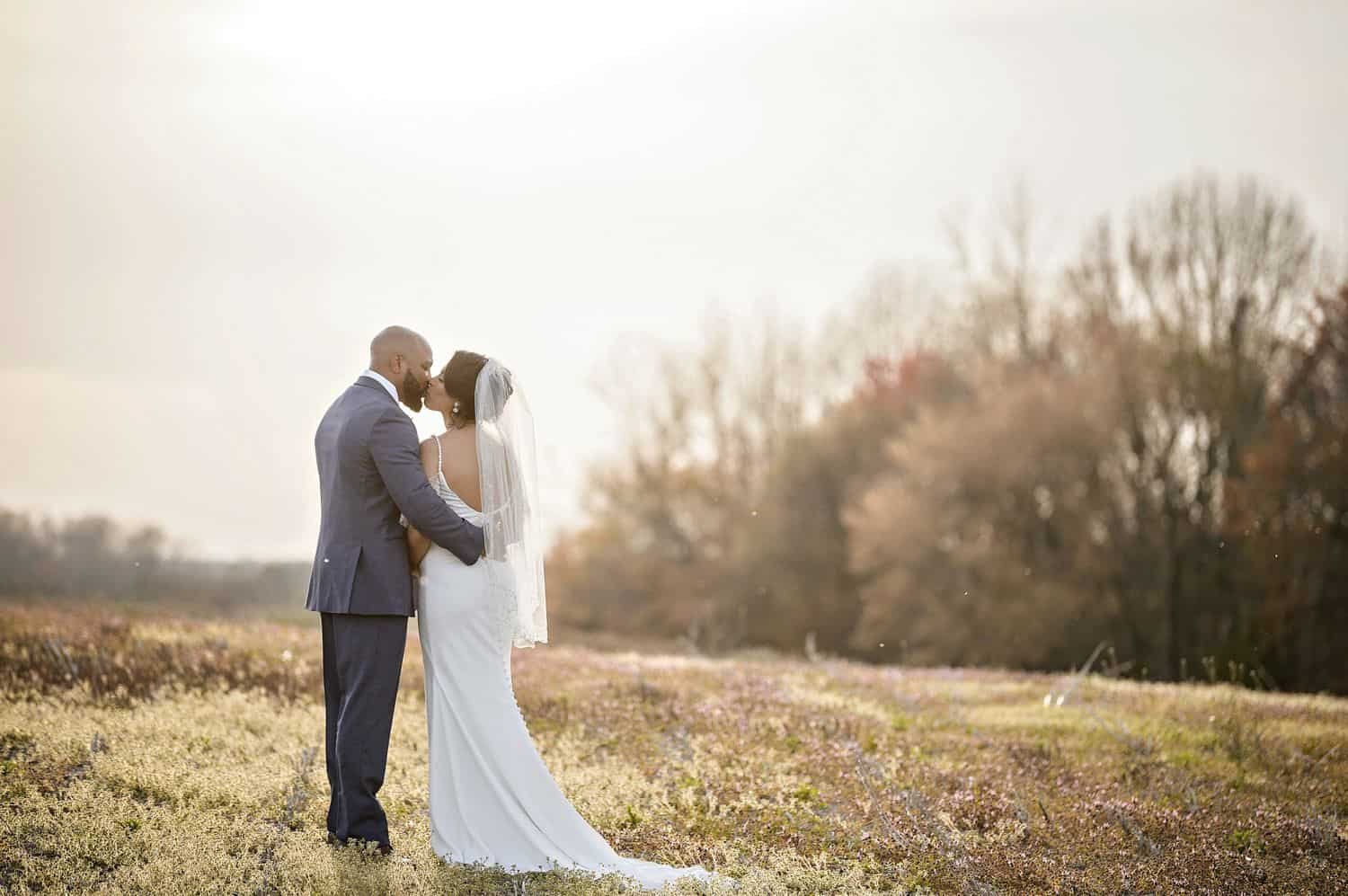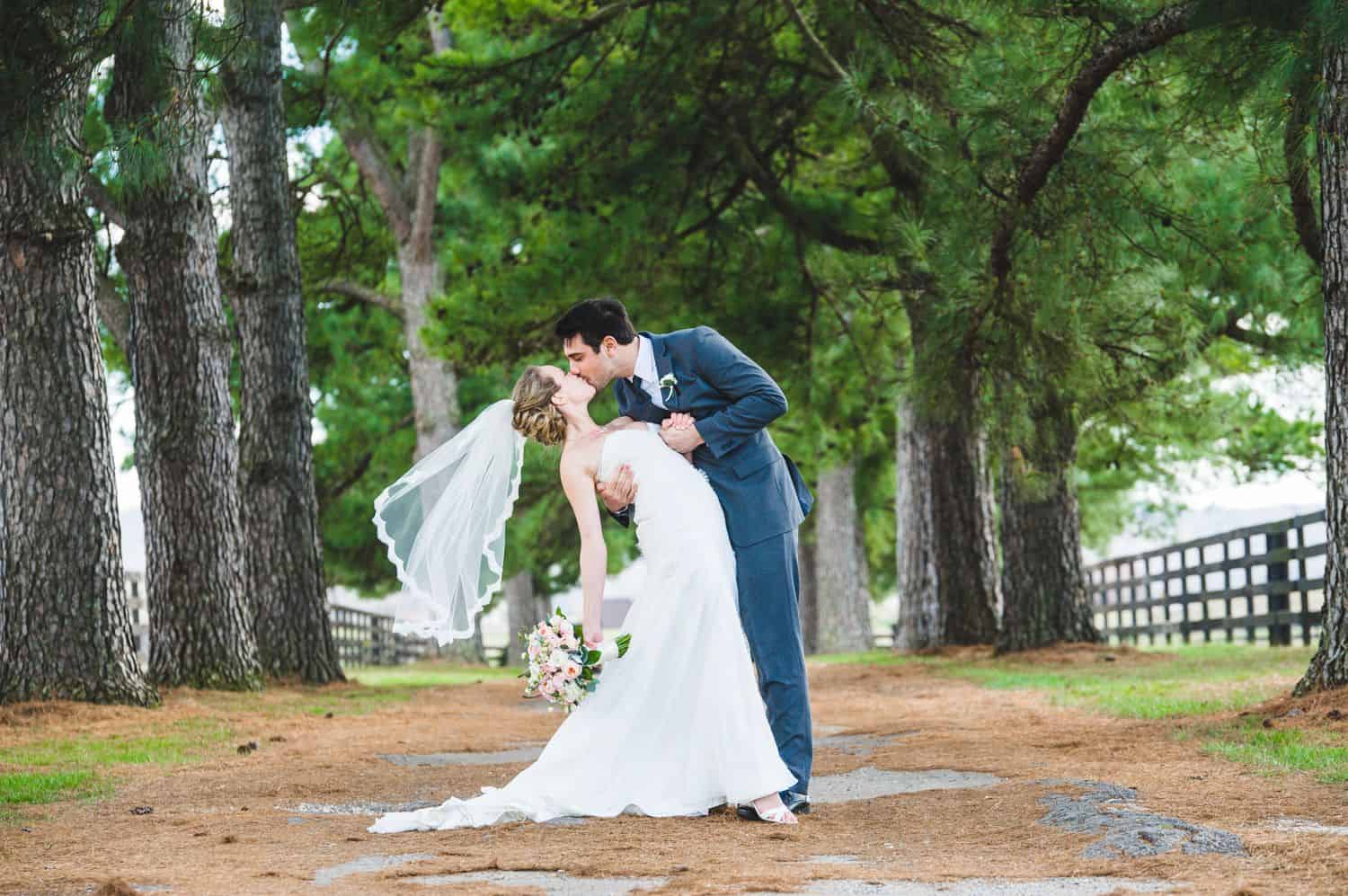
Light is the most important consideration in every photograph. A photographer is considered a painter who paints with light. When planning your wedding photography assignment, there are a few things to keep in mind that will assist you in producing the finest possible images.
Flash and natural light each have their own distinct aesthetic and set of benefits and drawbacks. There is seldom a “right” technique to light a photography shot. Using a flash may be the only method to produce a technically accurate, crisp picture in the light available. Whether you use or don’t utilize certain lighting equipment is more often than not a question of a personal preference than of right or wrong.

Attempting to take images of topics that aren’t well-lit is a recipe for disaster. DonnaRice Wedding Photography has included a collection of lighting and wedding photography tips below.
- When using natural light, use the Kelvin scale to determine the light’s temperature and hence the color. Light coloration is required to retain the colors you perceive. For example, warmer light is redder, so you may need to choose a time to take your wedding photos.
- A wedding photographer must know the sun’s hue. Images frequently create feelings; softer hues usually elicit greater emotion. Understanding the sun’s influence on colors might help you discover the right moment. The light stimulates blue tones every day, while noon brings more neutral colors. The neutral hues frequently detract away from the photograph’s clarity. Knowing how you want to shoot the photograph can help you decide when to take it.
- When employing natural light, you must work with the light’s angle and direction. The natural light that is wide and diffused creates softer shadows, whereas narrowly concentrated light creates more shadows. When the sun’s rays are mid-arc at midday, it’s easy to lose focus. The topic itself may be blurry. That’s why shadows are employed; properly used shadows may add to the image’s quality. So your photos are more beautiful.
- Certain approaches may also change sunlight. Outdoor pictures need a backdrop to modify sunlight. You may select a stunning landscape for better picture composition. If the sun impedes you or your subject’s vision, you may need to block it. Use a white surface to fill in shadows.

